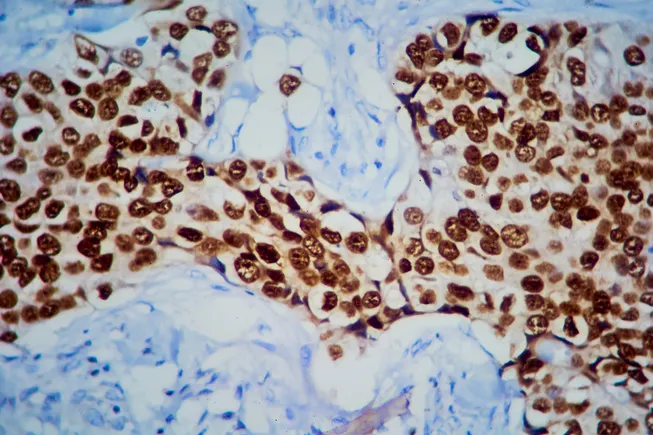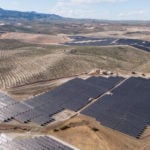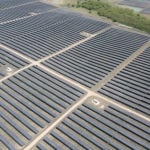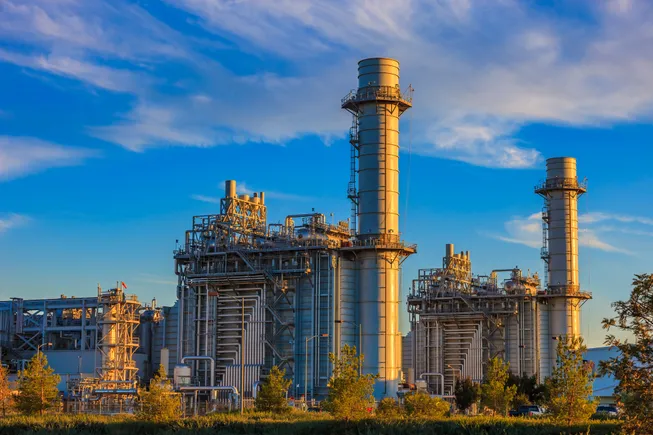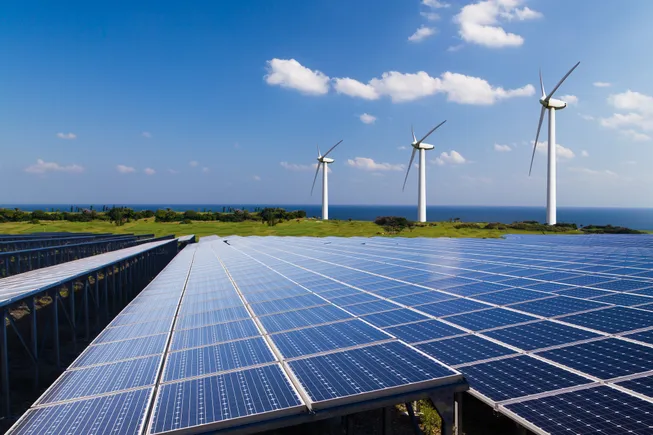Europe’s wine regions facing most severe climate impact, study finds
Europe’s wine regions have experienced the most significant climate shifts among global viticultural areas, according to a new study published in PLOS Climate. The post Europe’s wine regions facing most severe climate impact, study finds appeared first on The Drinks Business.


The research, conducted by a team of scientists led by Elizabeth Wolkovich, analysed climate exposure across 749 globally-distributed vineyard locations using over 500 unique grape-growing regions. It found that European wine regions have recorded the most extreme increases in warming metrics, particularly in the frequency of hot days and maximum temperatures during the growing season.
The study assessed ten climate metrics relevant to viticulture - including daily minimum, maximum and mean temperatures during budburst, the growing season and harvest, as well as the number of hot days exceeding 35°C. It compared current climate conditions (1981–2020) against pre-industrial baselines (1901–1940) to quantify the effects of human-caused climate change on winegrowing.
Southern and western Europe showed the highest levels of climate exposure across nearly all metrics. In particular, the number of extremely hot days in these regions increased by nearly five times compared to pre-industrial levels. The average temperature during the growing season has also risen by more than two standard deviations in key European vineyard areas.
The study found that while climate change is impacting all wine regions globally, the severity and nature of that exposure differ. For instance, North American regions generally saw lower relative increases in extreme temperatures and hot days than their European counterparts.
These warming trends present growing challenges for viticulture. Changes to average and extreme temperatures during the growing season can alter grape phenology, including earlier ripening and shifts in harvest timing, which in turn may affect grape composition, wine style and regional identity.
Although the study does not offer prescriptive adaptation strategies, the authors emphasise that these observed changes are consistent with anthropogenic climate change, and suggest that many of the world's most historic and prestigious wine regions are already undergoing unprecedented climatic shifts.
The findings underscore the need for wine producers, particularly in Europe, to assess and implement long-term strategies to address evolving climate risks, including variety selection, vineyard management adjustments, and potential shifts in regional production norms.


































































